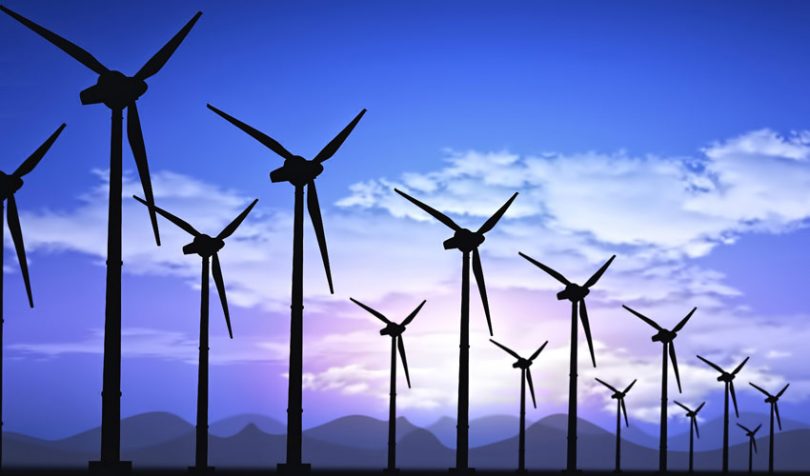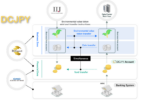Today, a report by venture capital group Outlier Ventures emphasizes the need for blockchain based technologies to bring us into the future of clean energy. The firm worked with organizations such as Siemens, WePower Network, and Stanford University for its research.
The report, ‘The 3Ds of Energy: Decarbonization, Digitization and Decentralization’, presents a clear link between moving to a blockchain based grid and lower carbon emissions. It outlines three technologies needed to create the grid of the future; blockchain, Internet of Things (IoT) and Artificial Intelligence (AI).
The Head of Research at Outlier Ventures, Lawrence Lundy-Bryan, said: “We must move to a low-carbon economy as fast as possible to avoid the consequences of the worst climate change predictions, and to do so, the energy sector must upgrade its data infrastructure immediately. We can no longer afford to wait.”
How can blockchain help?
Current a large slice of energy networks are centralized, outdated, and reliant on nonrenewable resources. As the industry must move to clean energy, more power plants must be added to the grid which must be interoperable with the old ones. Allowing the old to the mix with the new leaves the grid vulnerable to cyber-attacks.
Today’s report suggests using blockchain’s immutable and verifiably secure properties. Identities could be managed on a distributed ledger, allowing only those with permission to access the database. The data itself would be easily authenticated, as blockchain technology protects from tampering.
Outlier also mentions the use of smart contracts to speed up and automate complex transactions without compromising on security. The firm praises blockchain structured networks for the traceability and scalability they enable.
Of course, one of the key reasons to use blockchain is to move away from a centralized energy grid. Walter Kok, the COO of the Energy Web Foundation (EWF) said: “With blockchain in energy, one of the big potential shifts is from value primarily accruing to relatively few big players such as utilities to a scenario in which many smaller players—down to individual consumers—can become active participants in a much more decentralized market.”
Where does AI and IoT come in?
The report suggests a new type of framework for the grid: The Convergence Stack. Essentially this stack relies on three stages of technological advancement.
First, objects on the grid will be connected on an IoT network, which can communicate. For instance, wind turbines and solar panels can be automatically balanced to match the demand on the grid, as these sources are unpredictable. Sensors across the network will continually give status reports, since, as the report states, “we cannot monitor, control, and balance what we cannot measure.”
Then, blockchain technology will ensure this data is traceable, authentic and secure. With this mass of information, how will it be put to use?
Finally, AI will ‘learn’ how efficient the system is depending on certain factors. Then the entire grid can be optimized in real time. The report gives the example of Google’s DeepMind using wind turbine and weather data to predict future energy generation. This project increased the value of that energy by 20%. However, it didn’t use blockchain, so the data had to be standardized, delaying progress.
Using blockchain for energy networks is a hot topic in the enterprise space. Siemens, one of the contributors to this report, is among numerous prominent members of the Energy Web Foundation. Two days ago, it announced that its public blockchain went live.






